Smartphone buying guide: Everything you need to know
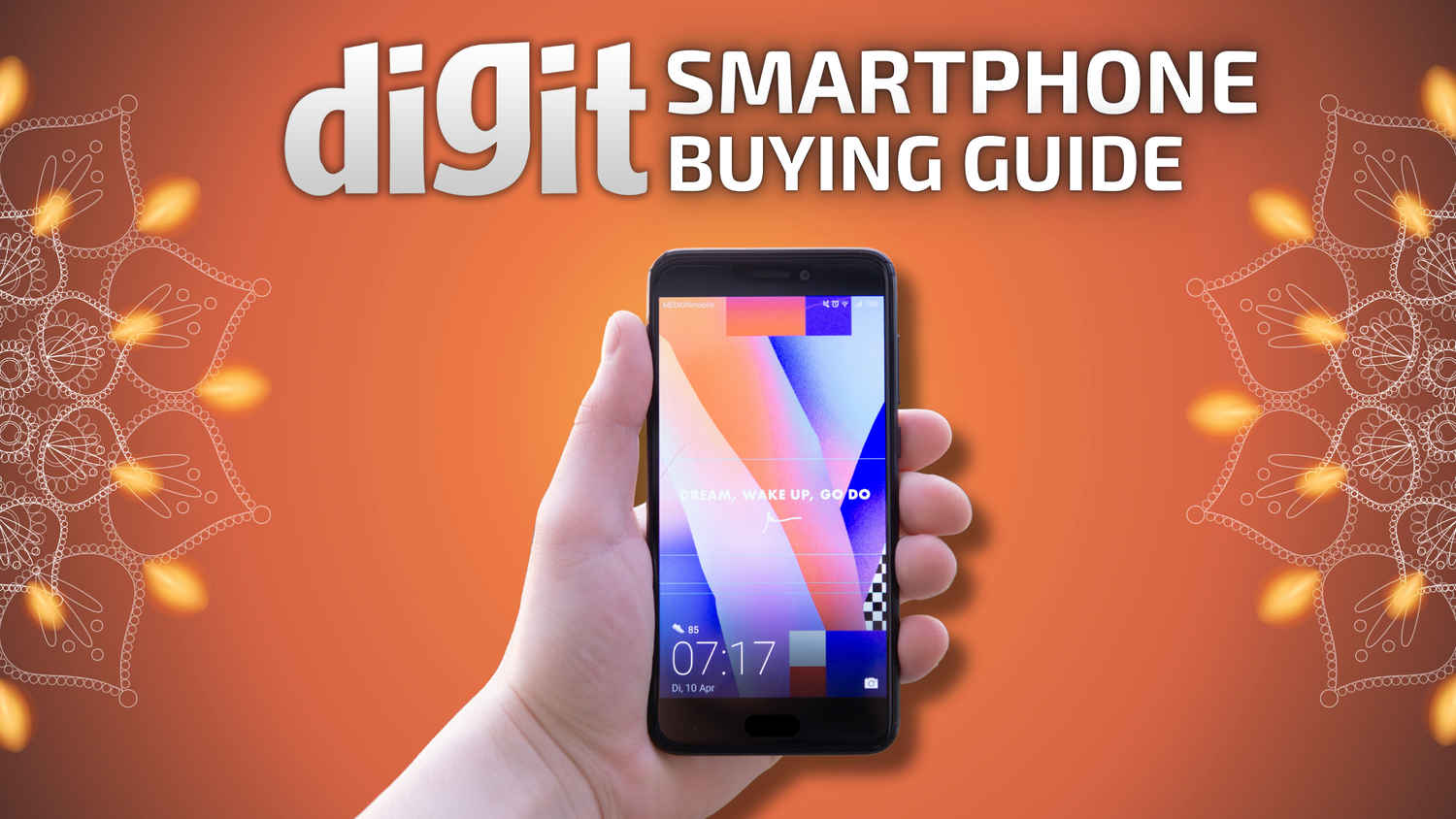
In today’s ever-evolving smartphone market, choosing the right device can be overwhelming. With a myriad of options across different price ranges, each offering unique features and advancements, making an informed decision requires careful consideration. From build quality and camera performance to battery life and AI capabilities, several factors determine which smartphone is best suited for your needs. Whether you’re a casual user or someone who relies on your phone for professional work, this guide will break down the key aspects to consider when buying a smartphone in 2024, helping you navigate through the cluttered market with ease.
 Survey
SurveyKey factors to look for when buying a smartphone in 2024
Build and Design
The build and design of a smartphone can impact both its aesthetics and functionality. In 2024, phones come in various shapes and sizes, with materials ranging from plastic to premium glass and metal. However, one of the most important decisions in this area is whether to opt for a sleek, thin phone or a slightly bulkier one with a bigger battery. Phones under 8mm thickness may look more stylish, but they often sacrifice battery capacity, leading to shorter battery life. On the other hand, heavier phones are equipped with larger batteries, making them ideal for users who prioritize endurance.
Additionally, foldable smartphones have matured significantly in 2024. The latest models, like the OnePlus Open, boast better hinges, durability, and innovative designs. If you’re willing to invest in future-proofing and a novel user experience, foldables are worth considering.
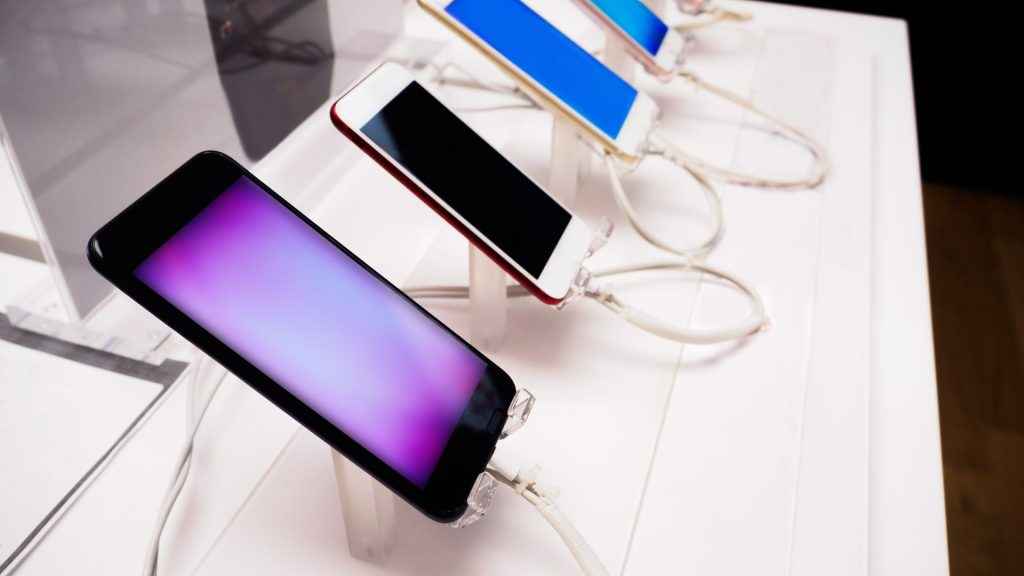
Features to look for in a smartphone
Today’s smartphones are packed with an array of features, but not all are essential for every user. When choosing, prioritize features such as 5G connectivity (as it’s rapidly becoming the norm) and software updates. Opt for phones that offer at least three years of OS updates, especially if you plan to use the device for the long term. Avoid falling for gimmicks like virtual RAM, which isn’t as efficient as actual RAM and can impact the lifespan of the device’s internal storage. Finally, environmental sustainability is gaining importance, with many brands adopting eco-friendly manufacturing processes and packaging and more refined designs compared to their predecessors. If you’re looking for innovation and versatility in design, foldables are an exciting option. However, be prepared for higher prices and a bit of added bulk compared to traditional smartphones.
When selecting a smartphone, features such as 5G connectivity, fast charging, and water resistance are increasingly standard. In 2024, 5G is almost a must-have unless you live in a remote area where it isn’t available. You should also look for fast charging capabilities — especially for mid-range and premium smartphones. Anything below 45W charging is now considered slow, and for flagships, wireless charging and reverse wireless charging are nice perks to consider.
On top of this, virtual RAM has become a common feature, but don’t be fooled — it’s no substitute for actual RAM. Always prioritize phones with at least 6 GB of real RAM, as this will provide smoother multitasking and app performance.
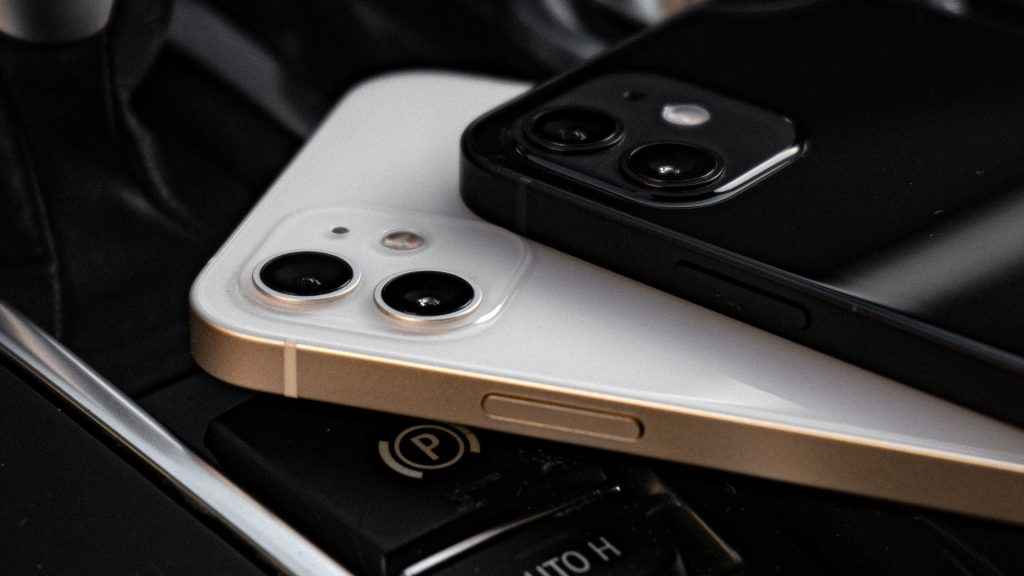
Cameras
A great camera setup is essential for many buyers, and in 2024, sensor size is more important than megapixel count. Larger sensors allow for better low-light performance and more natural-looking images, especially when combined with optical image stabilization (OIS). While more megapixels can offer sharper images, especially when zoomed in, they aren’t as important as good image processing and larger sensors.
If you’re investing in a high-end or premium phone, look for features like telephoto or periscope lenses, which offer better zoom capabilities. AI-powered camera enhancements have also become integral, offering tools like object removal, scene optimization, and enhanced night modes.
Also Read: 9 Best Periscope Telephoto Camera Phones for optical zoom in 2024

AI Features
Artificial intelligence (AI) plays a significant role in today’s smartphones. From predictive text and auto-translation to intelligent camera features, AI is now deeply embedded in various aspects of mobile functionality. Phones with strong NPUs (Neural Processing Units) can execute AI tasks more efficiently, enhancing user experience with features like real-time transcription, enhanced low-light photography, and even battery optimization.
If AI features like object removal and text prediction matter to you, look for smartphones with powerful AI processors. For example, some of the latest Qualcomm Snapdragon and MediaTek Dimensity chips excel in AI tasks, making them ideal choices for users looking to future-proof their devices.
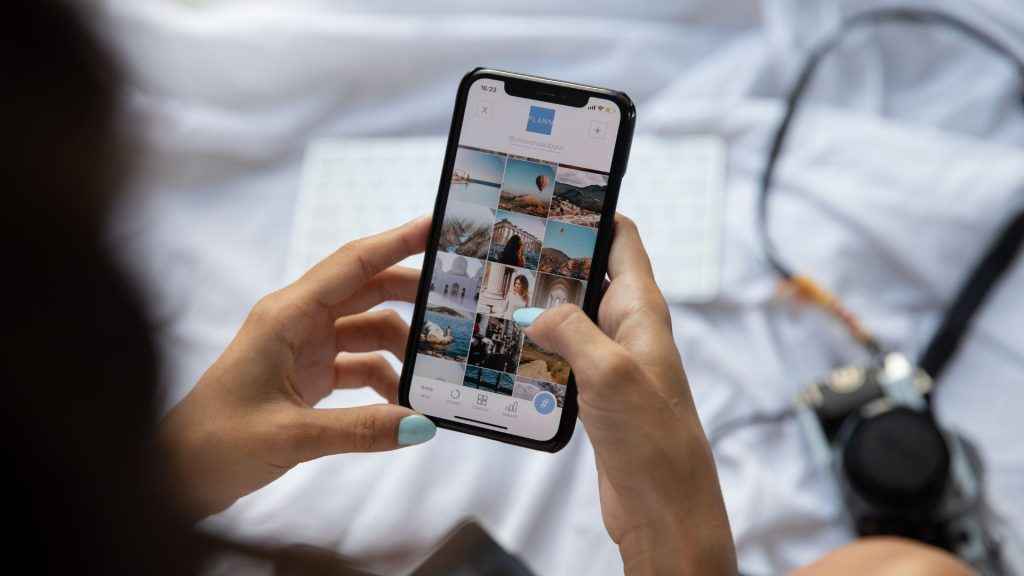
OS and UI
The operating system (OS) and user interface (UI) can significantly affect your smartphone experience. In the budget and mid-range segments, phones often come with a lot of bloatware, which can clutter the interface and reduce performance. However, in the premium segment, you should expect a clean, seamless software experience. Brands like Google (Pixel phones) and Motorola (Hello UI) offer minimal bloatware with a near-stock Android experience, while brands like Samsung and Xiaomi tend to have feature-rich UIs but may come with pre-installed apps.
When choosing a phone, also consider the longevity of software updates. In 2024, many brands are offering 3-4 years of OS updates, with some like Google providing up to 7 years. If you plan on using your phone for several years, pick one with extended update support.

Audio
When it comes to audio quality, most modern smartphones have moved away from the 3.5mm headphone jack, so wireless audio is becoming the norm. Look for devices with high-quality stereo speakers for a better multimedia experience, especially if you consume a lot of content on your phone. Dolby Atmos support is a nice addition for more immersive sound, though this feature is generally found on mid-range and premium phones.
If you’re an audiophile, you might also want to check for Bluetooth codecs like LDAC and aptX, which provide better sound quality over wireless connections.
Performance
Performance is a key factor when choosing a smartphone, especially when looking at mid-range and premium devices. For budget phones, performance has improved considerably, with phones under ₹20,000 offering decent day-to-day usability. In this range, you should aim for at least a MediaTek Dimensity 6000 series or Qualcomm Snapdragon 600/700 series chip to ensure smooth multitasking and app usage.
In the mid-range segment (₹20,000 to ₹40,000), you can expect near-flagship performance with processors like the MediaTek Dimensity 7200 or the Qualcomm Snapdragon 7+ Gen 3. For high-end devices, you’ll want to go for phones with Snapdragon 8 Gen 2 or similar chipsets to handle gaming, AI tasks, and multitasking with ease.
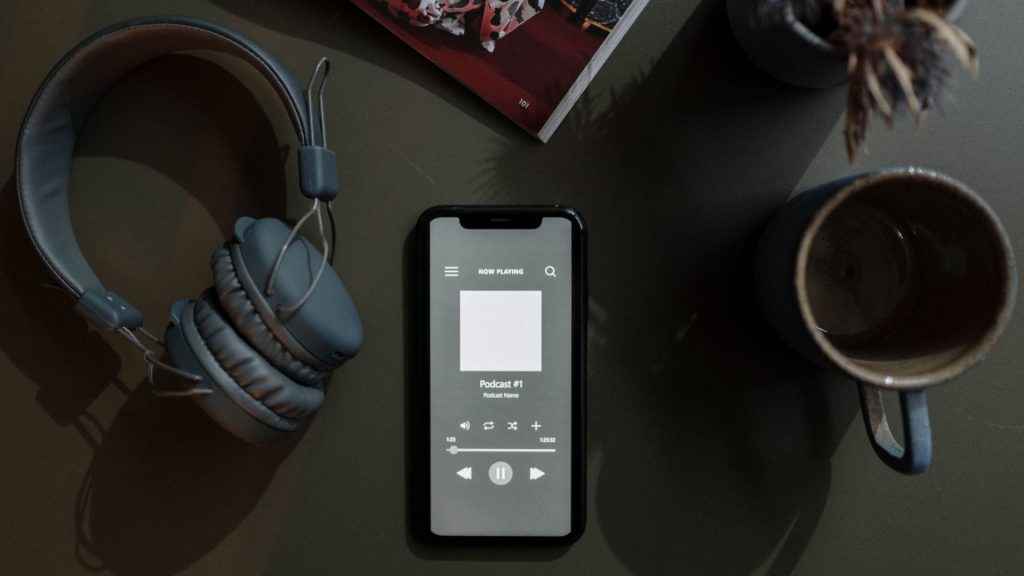
Display
Smartphone displays have become a key differentiator, and OLED or AMOLED panels are a must, even in budget phones. They offer richer colours, deeper blacks, and better energy efficiency compared to LCD panels. For mid-range and high-end smartphones, look for additional features like HDR10+ support, high refresh rates (120Hz or more), and even LTPO technology, which adjusts the refresh rate dynamically to save battery life.
While 144Hz and 165Hz displays are marketed for gaming, a 120Hz display is more than sufficient for most users. Spending extra for higher refresh rates might not be necessary unless you’re a hardcore gamer.
Also Read: Brightness ratings for smartphones explained
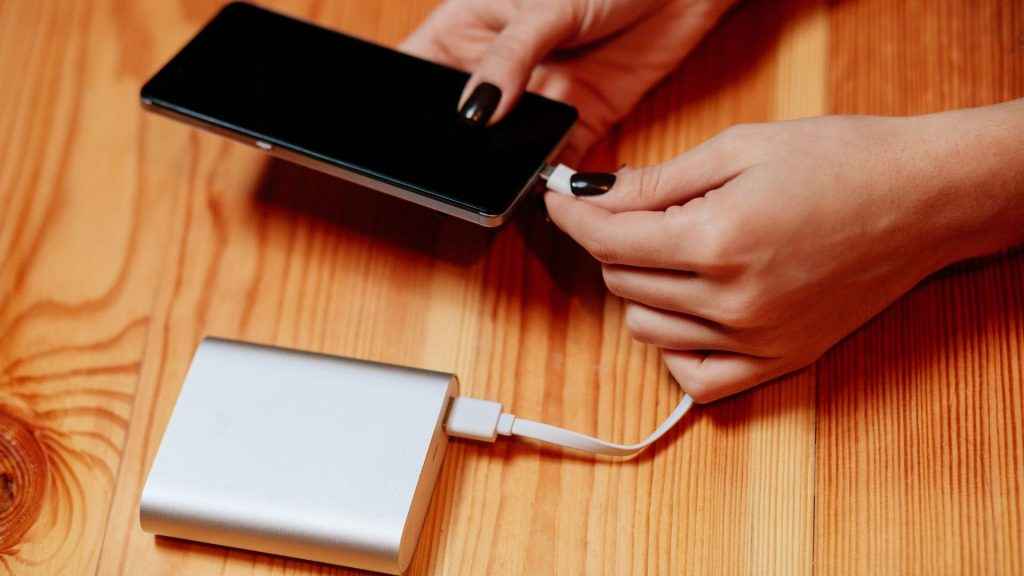
Battery Life
Battery life is a critical consideration when buying a smartphone. In 2024, most mid-range and flagship smartphones should last you a full day of usage with moderate to heavy use, especially if they pack a 4,500mAh or larger battery. However, if you’re opting for a thinner, sleeker design, you may need to compromise on battery capacity. For heavy users, a phone with fast charging (67W or higher) is essential, allowing you to charge your device quickly and get back to work or play.
For those prioritizing longevity, keep an eye out for phones with energy-efficient OLED displays, large batteries (5,000mAh or more), and processors that are optimized for power efficiency.
Dhriti Datta
Perpetually sporting a death stare, this one can be seen tinkering around with her smartphone which she holds more dear than life itself and stuffing her face with copious amounts of bacon. View Full Profile